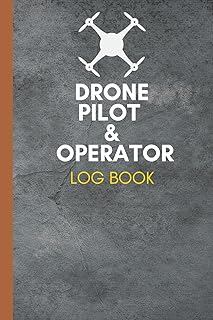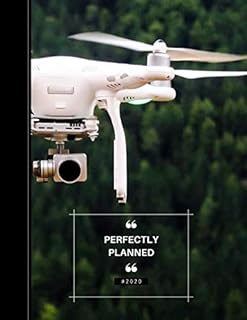ArcGIS Flight has introduced new features in its February 2022 release, catering to Site Scan users. The update includes support for the DJI M300 RTK drone with the P1 sensor, enhancing mission planning capabilities and post-flight checklists.
The DJI M300 RTK with the P1 sensor is a highly anticipated addition to the supported drones in the Flight app. This drone offers extended flight time and improved mapping efficiency, thanks to its high-resolution 45 MP camera. Users can now leverage this advanced drone within Site Scan Flight for enhanced mapping operations.
One of the significant enhancements in this release is the ability to define mission areas using polygons saved in ArcGIS Online, ArcGIS Enterprise, or Site Scan for ArcGIS. This feature streamlines mission planning over complex terrains, promotes collaboration, and saves time in creating flight plans.
With the new flight speed setting, ArcGIS Flight optimizes drone speed for capturing sharp images efficiently. Users can now manually adjust the flight speed, allowing for faster or slower drone operation based on specific mission requirements. This feature enhances image quality and data accuracy in various flight scenarios.
Moreover, the addition of post-flight checklists complements the existing pre-flight checklist feature, enabling pilots to document the drone’s condition and mission notes after completing a flight. These checklists serve as valuable tools for maintenance, record-keeping, and operational efficiency.
Users can create and assign checklists through Site Scan Manager, facilitating seamless integration into project workflows. The new post-flight checklist feature adds another layer of operational oversight and documentation to enhance mission outcomes.
Furthermore, the ArcGIS Flight update aligns with industry trends towards automation and efficiency in aerial mapping operations. By incorporating user-requested features and drone support, the platform continues to evolve to meet the diverse needs of drone operators and GIS professionals.
As the demand for drone mapping and imagery solutions grows, tools like ArcGIS Flight play a crucial role in streamlining workflows, improving data quality, and enhancing operational effectiveness. The integration of advanced features like polygon-based mission planning and customizable flight speed settings underscores the platform’s commitment to innovation and user-centric design.
Overall, the latest enhancements in ArcGIS Flight underscore the platform’s dedication to empowering users with advanced tools for aerial mapping, mission planning, and data capture. By staying responsive to user feedback and industry trends, ArcGIS Flight continues to be a leading solution for drone-based data collection and analysis.
📰 Related Articles
- iPad Pro Magic Keyboard Enhances User Experience with Innovative Features
- Valve’s Steam Enhances Accessibility Features for Inclusive Gaming Experience
- The Sims 4 Update Enhances Features, Graphics, and Performance
- Microsoft Flight Simulator 2020 Update Enhances Stability and Aircraft
- Hyundai Enhances 2024 Staria Models with New Features






